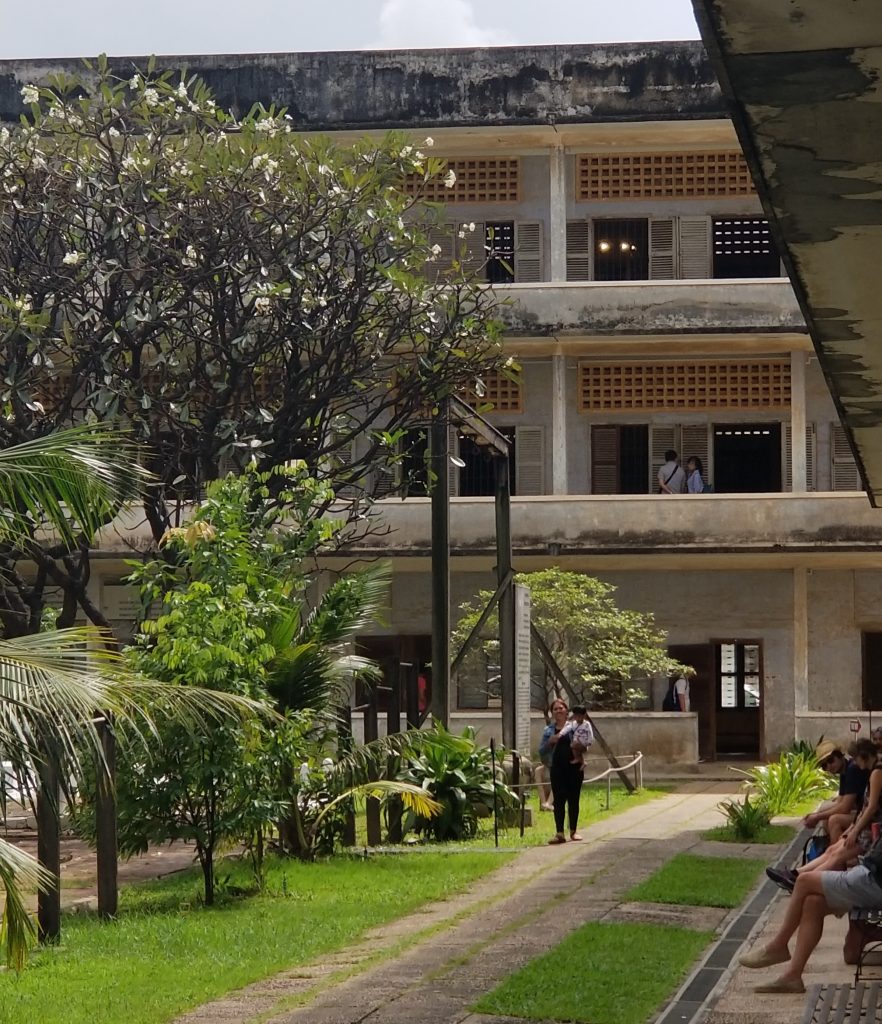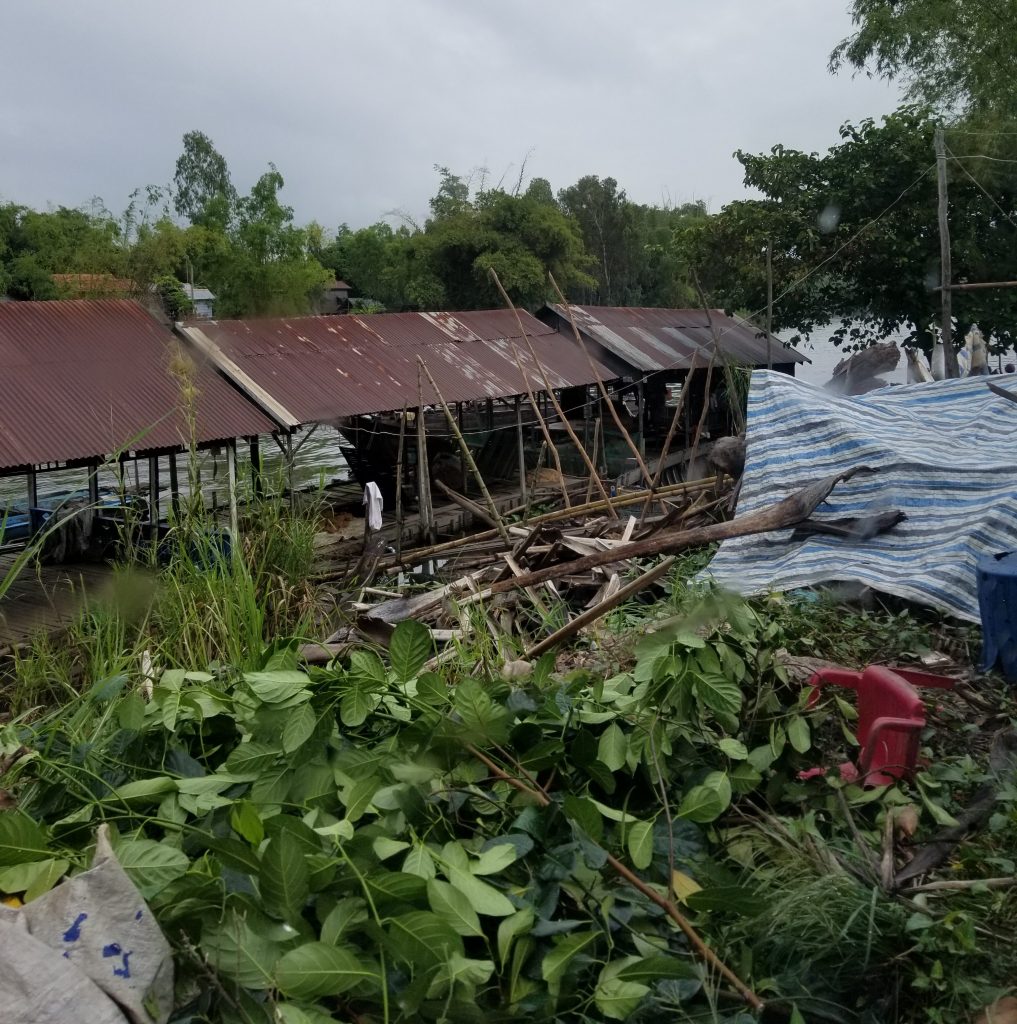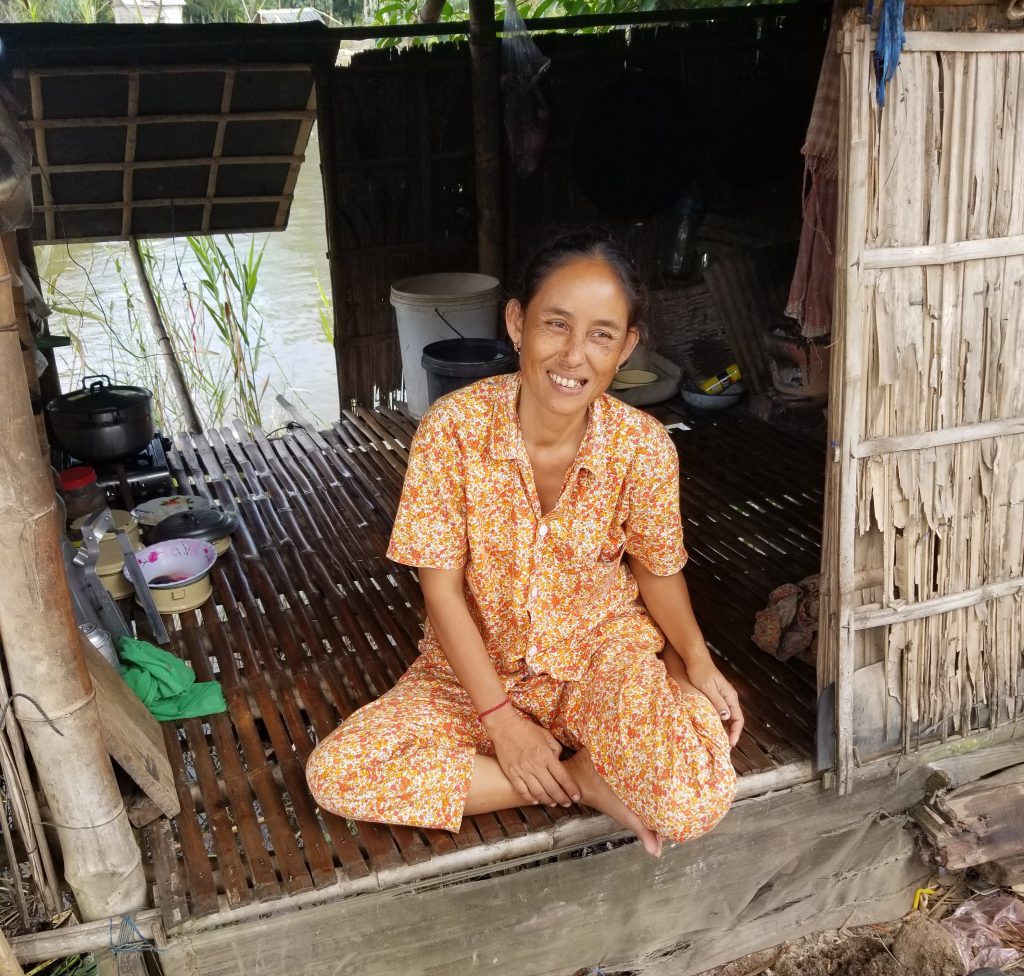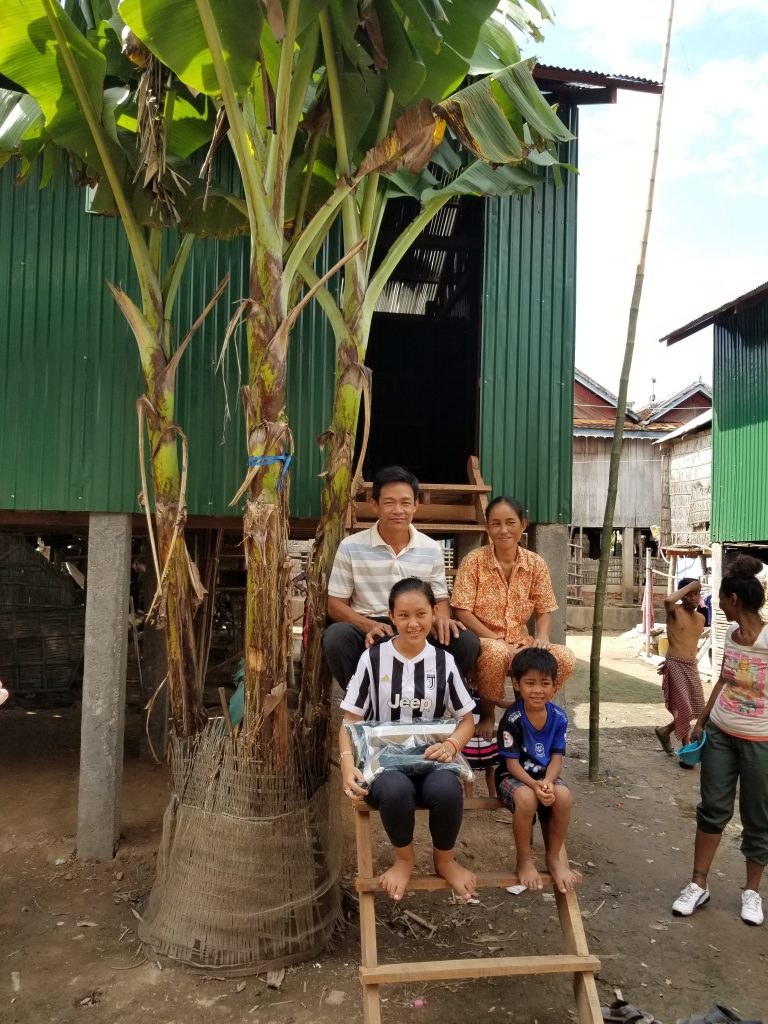So why go to Cambodia? It all started with my girlfriend’s special birthday. She wanted a meaningful birthday and asked me to join her on a house building trip. I love Asia and had never been to Cambodia or even thought to go there so we packed our suitcases and off we went.
The heat in Cambodia at the end of March 2007 slapped us in the face as soon as we stepped off the plane. We descended a ramp into a huge hall where a group of official-looking military men waited for us to give them our passports, to process our VISAs. With our fresh VISAs in hand we exited the terminal to find our ride to The Golden Gate Hotel http://www.goldengatehotels.com/, in Phenom Penh. The adventure had begun.

On my first trip to Phnom Penh, there were few high-rise towers and the general transportation was small motorcycles, tuk-tuk’s and various other types of unusual conveyances.

Ten years later, November 2017, my fourth trip to the country, I was astounded. Over a ten year span the skyline changed, cars and high rises dominated the city.

However, even in 2017 there is was still so much poverty. The reason for our first visit to Cambodia was not just to sight-see but to understand why Cambodia was so poor. When we arrived in 2007, we noticed a whole generation was missing. There were young adults and children as well as elderly people but hardly any middle-aged members of their society. They had disappeared or been killed during Pol Pot’s reign of terror. Many of all ages were gone but the middle-aged group that should have been part of their society was noticeably missing.

Janne Ritskes, the founder of Tabitha Cambodia, requires all the people building houses for her non-government organization (NGO) to attend Tuol Sleng, also known as S21, which was the Khmer Rouge main interrogation center, previously a high school; and Choeung Ek one of the many killing fields in the country. This is to ensure that everyone understands why many people in the outlying villages are so poor in spirit, poor financially and have such low self-esteem.

We were told that if we wanted to find out what it was like in Cambodia at the time of Pol Pot’s reign that we should watch the movie “The Killing Fields”. I have never seen it and am a little afraid to watch it. The emotion I have experienced every time I have gone to Choeung Ek outside of Phnom Penh and visited Tol Sleung, the interrogation building, tears well up in my eyes. It is difficult to contain my emotions. I remember hearing about Kampuchea, what Cambodia was called in the seventies. The news reported atrocities and people dying. I was young, I couldn’t really understand the enormity of what was happening there. It was so far away, what could I, a teen aged girl, do? 

I probably would never have thought to go to Cambodia if my friend had not asked me to go to build houses to celebrate her birthday. Now that I know about Cambodia’s history and have built new houses for poor villagers I cannot stop going. On our fourth trip in 2017, we went with a couple from Alberta, Canada and a couple from a local Rotary club, to build houses for poor villagers. We are slowly spreading the word, with each new group we take with us, that there is still a great need in Cambodia.


Tabitha was started by Janne Ritskes, a Canadian woman who saw the need in that country and went there in 1992, to bring change and help the poor of Cambodia. In 1994 she founded Tabitha Cambodia.
Tabitha’s Mission
To enable the poorest of the poor in Cambodia to recognize and develop inherent skills and resources in a way that brings dignity and respect within the people we work with; within the country and within the world; and that will result in measurable and visible improvement in the lifestyles of the people we work with.
Tabitha’s Vision
The vision is to develop processes which will enable people to actively make their own choices and processes which will result in alleviation of poverty – results which can be clearly identified and seen.
I have seen first hand how Tabitha has changed villager’s lives. To see their old houses side by side with the new ones we raised money to build is so inspiring and when I return to Canada none of my problems seem so bad. https://www.tabitha-cambodia.org/
